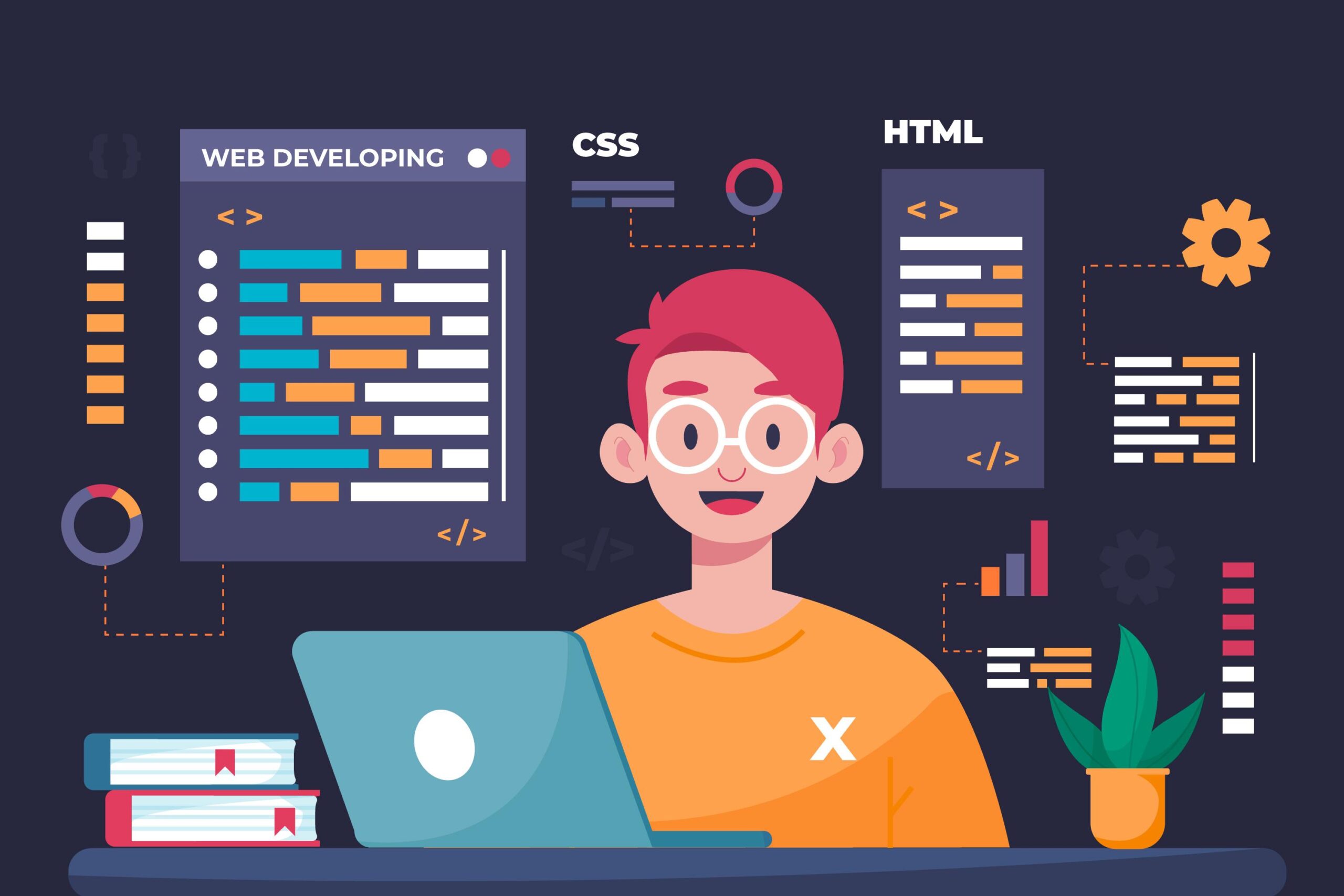Currently Empty: $0.00
Blog
Level Up Your Code Game: The Top 10 Coding Challenges to Sharpen Your Skills

Do you feel stuck in tutorial hell? You’ve watched the videos, read the books, and maybe even built a few basic projects, but when it comes time to solve a challenging, unfamiliar problem, you freeze. This is a common hurdle for every programmer, but there’s a proven way to break through it: Coding Challenges.
Coding challenges—often found on platforms like LeetCode, HackerRank, or Codewars—are the fitness regimen for your programming brain. They force you to go beyond syntax and focus on logic, efficiency, and data structures. Mastering them is the secret sauce for acing technical interviews and becoming a truly effective, confident developer.
Ready to move from copying code to creating optimal solutions? We’ve curated the Top 10 Coding Challenges that target fundamental concepts and advanced algorithms. Let’s start transforming your foundational knowledge into professional expertise!
The Foundational Five: Essential Challenges for Every Programmer
These challenges are the bedrock of computer science. Master these, and you’ll solidify your understanding of basic data structures and algorithmic thinking.
Two Sum / Target Sum
This is often the first challenge encountered on platforms like LeetCode, and it’s deceptively simple. Given an array of integers, return the indices of the two numbers that add up to a specific target.
- Why it matters: It forces you to compare the Brute Force solution (using nested loops) with the Optimized solution using a Hash Map (or dictionary). This instantly teaches you the value of choosing the right data structure for performance.
Palindrome Checker
Write a function to determine if a given string (or number) reads the same forwards and backward, ignoring punctuation and case.
- Why it matters: This is a fantastic exercise for string manipulation and learning to use two pointers (one at the beginning, one at the end) to traverse a data set efficiently. It sharpens your ability to handle edge cases.
FizzBuzz
Write a program that prints numbers from 1 to 100. For multiples of three, print “Fizz” instead of the number. For multiples of five, print “Buzz.” For numbers that are multiples of both three and five, print “FizzBuzz.”
- Why it matters: While simple, it’s a famous technical screen question used to filter out candidates who can’t handle basic conditional logic and modular arithmetic (%). Can you solve it cleanly without overly nested if statements?
Reverse a Linked List
Given the head of a singly linked list, reverse the list and return the new head.
- Why it matters: This is a classic interview question that tests your understanding of Pointers (or references) and memory management. It requires you to carefully manage three pointers to avoid losing track of the rest of the list.
Validate Binary Search Tree (BST)
Write a function to determine if a given binary tree is a valid Binary Search Tree. A valid BST must have all nodes in the left subtree less than the root, and all nodes in the right subtree greater than the root.
- Why it matters: This moves you into recursive thinking and understanding Tree Data Structures. The best solution involves passing down minimum and maximum boundary values during a recursive traversal, which is a powerful technique.
Beyond the Basics: Advanced Challenges for Professional Growth
Ready to tackle problems that differentiate a competent coder from a great software engineer? These challenges focus on advanced algorithms, dynamic programming, and efficient problem-solving.
Merge Intervals
Given a list of time intervals, merge any overlapping intervals and return the result. For example, merging [1, 3] and [2, 6] should result in [1, 6].
- Why it matters: This is a practical challenge often found in scheduling or calendar applications. It tests your ability to sort the data efficiently first, which is the key to solving the problem in $O(n \log n)$ time.
Find the Longest Substring Without Repeating Characters
Given a string, find the length of the longest substring that contains no repeating characters.
- Why it matters: This introduces the crucial Sliding Window technique. This technique is essential for solving problems involving contiguous subarrays or substrings efficiently, usually reducing time complexity.
Implement a Breadth-First Search (BFS) / Depth-First Search (DFS)
Implement both traversal algorithms for a given graph or tree structure.
- Why it matters: These are the fundamental search algorithms used everywhere from AI pathfinding to web crawlers. BFS uses a Queue (for level-by-level traversal), and DFS uses a Stack (or recursion). Knowing which one to apply is critical.
Fibonacci Sequence (Dynamic Programming)
Calculate the $n$-th number in the Fibonacci sequence. The catch: solve it without recursion or by optimizing the recursive approach.
- Why it matters: This is the quintessential problem for learning Dynamic Programming. The basic recursive solution is horribly inefficient . The optimized solution using memoization or simple iteration is, showcasing a massive performance improvement.
Dijkstra’s Algorithm / A* Search
Implement an algorithm to find the shortest path between two nodes in a weighted graph.
- Why it matters: This is the practical application of algorithms to real-world problems like routing and navigation. It requires understanding Graphs, Priority Queues, and Greedy Algorithms. This demonstrates a high level of algorithmic sophistication.
Your Personalized Coding Challenge Roadmap
Choosing the right platform and approach is crucial for success. Don’t just pick random problems; target specific skills.
| Challenge Focus Area | Recommended Challenge Type | Key Skill Developed | Platform Recommendation |
| Data Structures | Linked Lists, Tree Traversal | Handling pointers, memory allocation, recursion. | LeetCode, HackerRank |
| Algorithmic Efficiency | Two Sum, Longest Substring | Hash Maps, Sorting, Sliding Window technique. | Codewars, LeetCode |
| Foundational Logic | FizzBuzz, Palindrome Checker | Conditional logic, string/array manipulation, handling edge cases. | Any platform (Start Here!) |
| Advanced Optimization | Fibonacci (Dynamic Programming), Merge Intervals | Memoization, greedy algorithms, complexity reduction. | LeetCode Hard/Medium, TopCoder |
Which section of the roadmap—Foundational Logic or Algorithmic Efficiency—will you prioritize in your practice this week?
Ready to Code? Your Next Step
Stop passively consuming tutorials and start actively building your problem-solving muscle. Consistency is key! Aim for just 30 minutes of targeted coding challenges every day. You’ll not only improve your technical skills, but you’ll also build the confidence needed to walk into any interview room and whiteboard a solution like a pro.

